“Our lives begin to end the day we become silent about things that matter”.
– Martin Luther King, , I have a dream, August 28th, 1963.
The Guru believes politics and religion are daring topics. It might be because she comes from an extremely religious family. Or because she has grown up with a strongly political sister who slaps her in the face with weekly reality updates about all sort of social and political misfortunes in the world. Don’t misinterpret the writer of this post; she’s aware, lately, we do nothing but talk about leaders. And that, for her, is a dangerous sign. Politicians lately appear to have the need and the right to dissect the natural right of populist existence far too frequently. Their quality of “invisibility” (except for cases when something is “really wrong”) has disappeared. And that is not good.
As we humans always do, we created bays in order to either raise our voices about issues that concern us or to help us continue believing in the possibility of change, tolerance and social amendment. Through a sense of beauty and unconventional, striking and crafted ideas, human beings have formulated and answered questions that respond to political and cultural changes.

The African-American civil rights movement that began after 1963 became a good example of this kind of creative response. It was a formula that fed a strong artistic dialogue, which disclosed the divergence about what it really meant to be a Black artist in America at the time. The list of politicians, religious leaders, artists and writers became endless and forever remembered. It gave the people of USA and the rest of the world identity, hope and “Black power”. James Baldwin with his unapologetic Giovanni’s Room novel, Martin Luther King with his vivid imagery and evocative language in a speech that managed to connect with his audience resonate until today in the work of new designers.
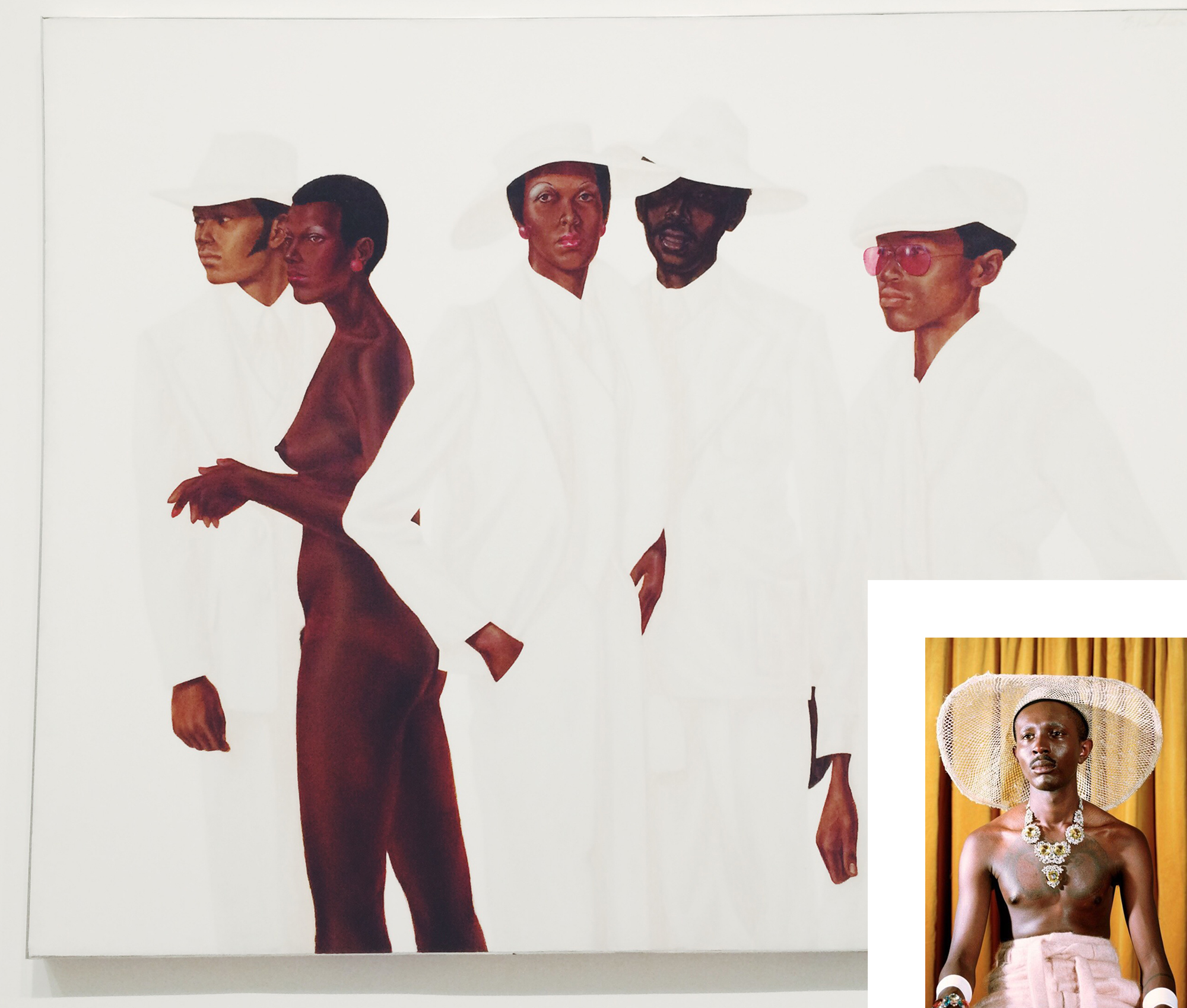
The Fur Guru couldn’t ignore how all the pieces of Soul of a Nation had the same voice that those of the millennial Grace Wales Bonner. Art from Tom Lloyd, Alvin Loving, Nelson Stevens and Alma Thomas (among others) appeared to follow the same conceptual rhythm than the one of Wales Bonner. Hers is close to the academic, with a truthful understanding (visual and written) of what “Black power” really means. And so did the ones of the 60’s movement.
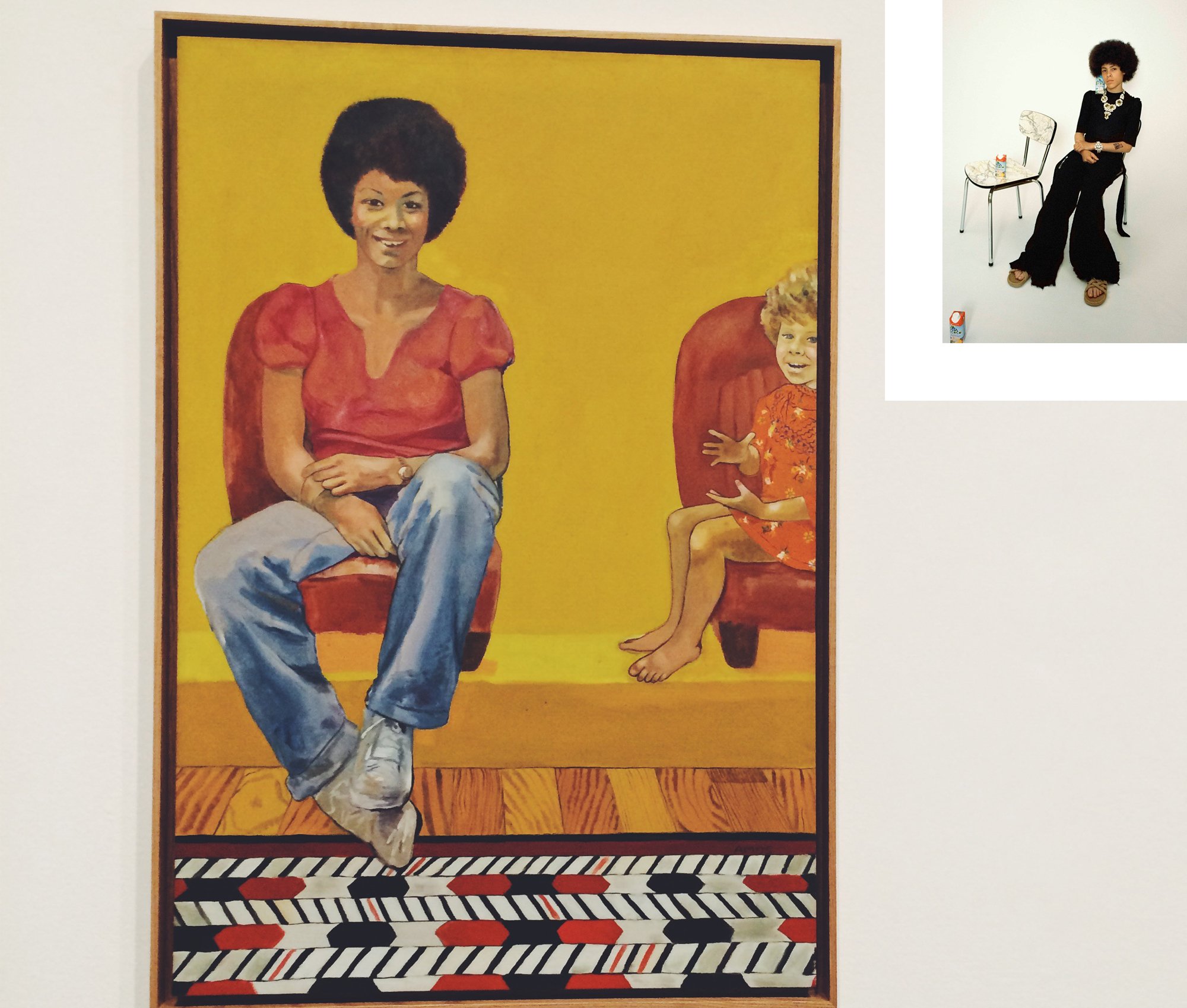
Grace Wales Bonner isn’t blatantly political. In its place, her work travels time forwards and backwards, finding correspondences across eras where black male identity is what she calls “gentler”. She breaks moulds created by a conventional model of a black man: typically fit in fit physique and alpha male in character (don’t blame you if you’re now envisaging Kanye West). Grace Wales Bonner has a more temperate and arty kind of vision of what “Black power” means. She describes it as “a kind of openness and a hybridity.”
This might be because of her mixed-race background and her self-taught knowledge in order “to make sense of it” and to “justify her blackness” (as she had to do so many times in the past). Her designs come as a result of academia and introspection, self-discovery and pride of roots presented in a range of clothes, which are opulent (sometimes accentuated with generous details of mink fur, Ebonics SS15, in collaboration with Saga Furs), gender-fluid and slightly retro. Like her, other non-white young designers finally are joining fashion’s elite: Martine Rose, Nicholas Daley and A Cold Wall’s Samuel Ross are among other notable names. Her own circle includes painter Lynette Yiadom-Boakye and musicians such as Sampha and Dev Hynes.
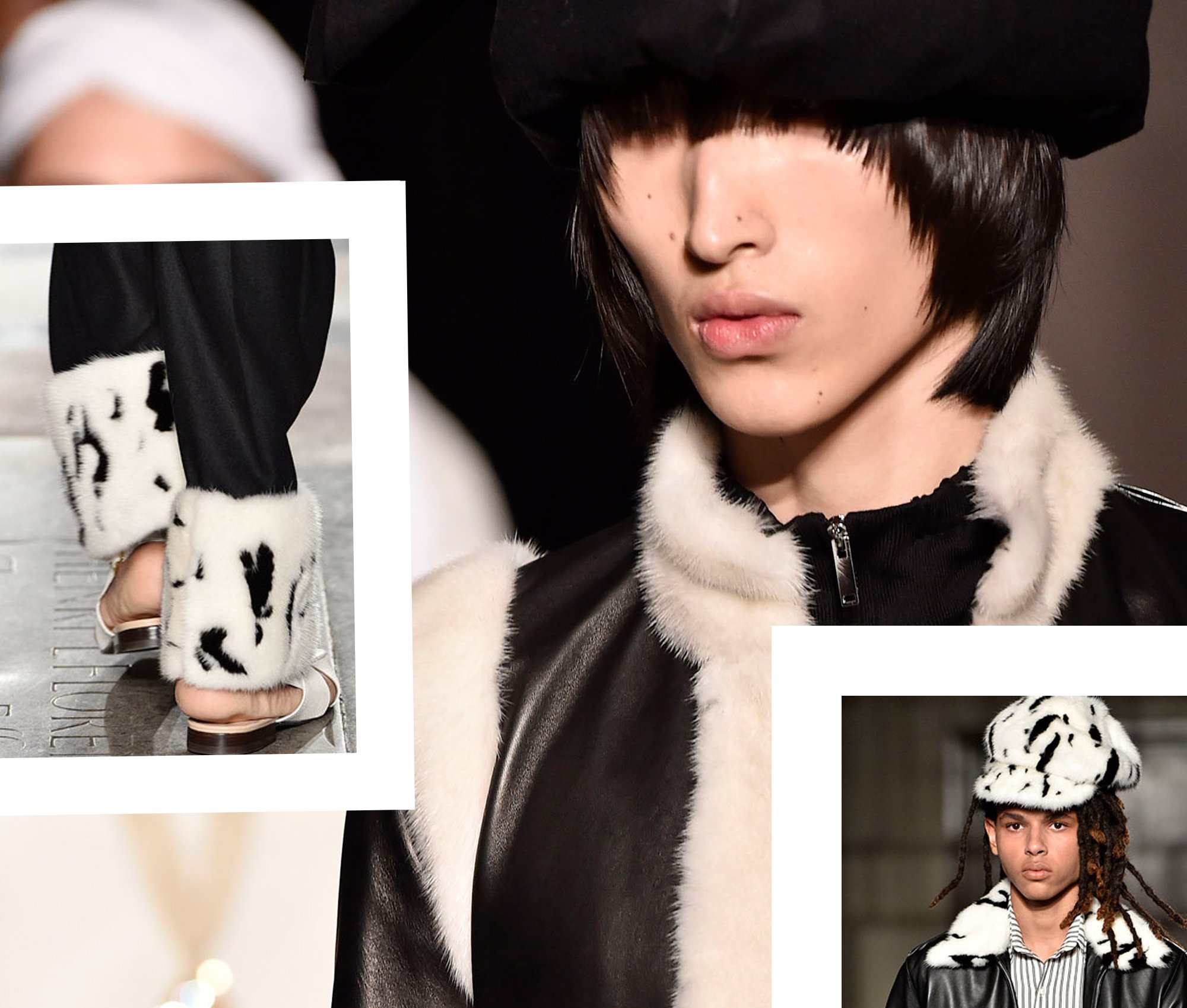
So, have things really changed since the “Black power” movement? Were all these artists loud enough to make a substantial change? Why do new designers appear to have the same need to express thoughts and ideas about their background? Do they need to justify it or protect it? Is it that or just an innate need to promote what we feel so proud of (our identity)? The Guru has so many questions… but you know what? Not very likely that they will ever be answered, as she believes history repeats itself. One question is answered and then a thousand more will come up…
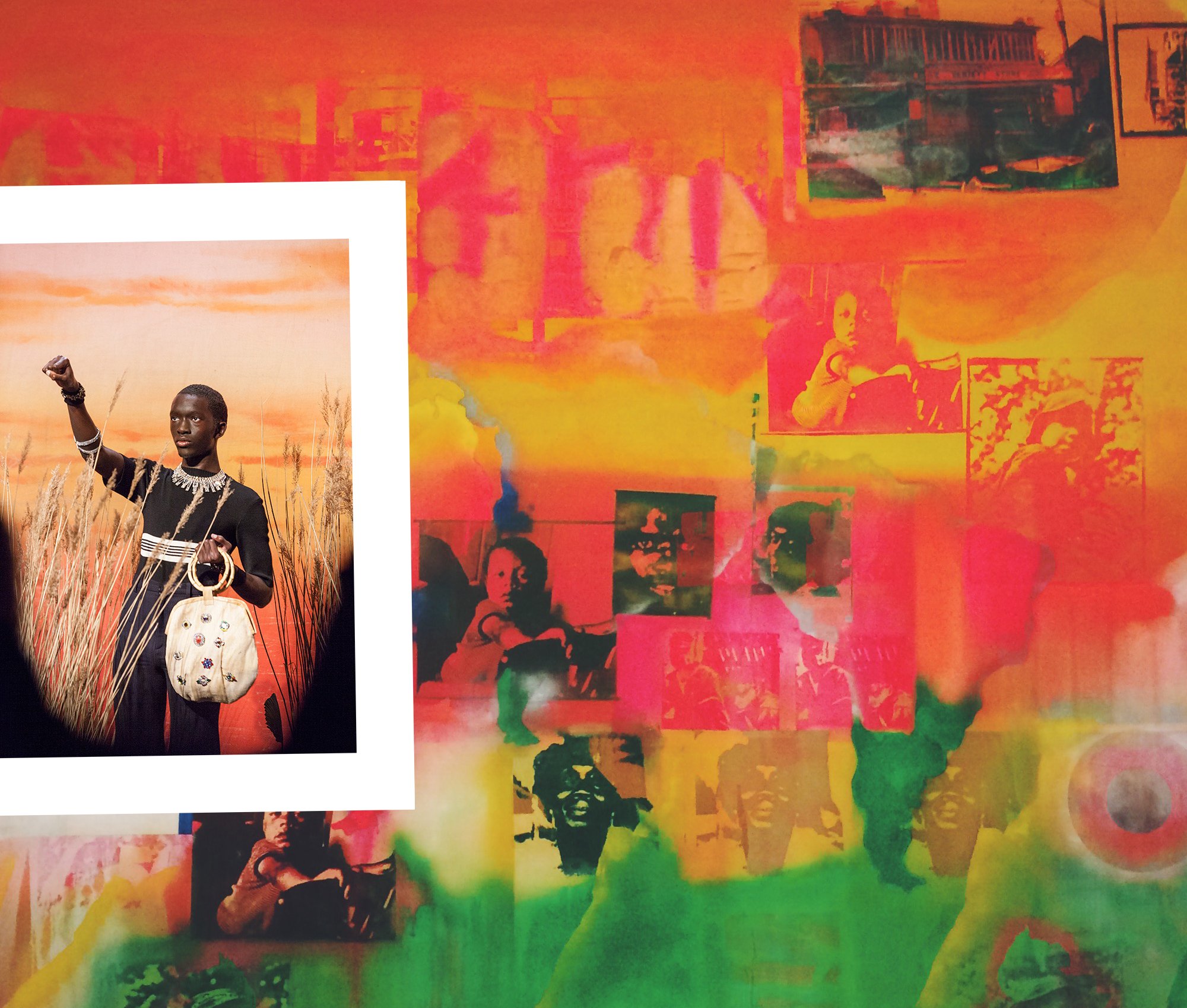
In the same way artists from the 60’s created a voice for the African-American community and shaped a change for future generations, the modern creative force is again, making use of their “soul force” (as Martin Luther King would call it) to craft transformation. The truth is that, as history repeats itself, so does the sufferings, the delights, the failures and the triumphs. The reality, the story, the tale is the same. But, my darling readers, it has to be told because it is the only thing that brings light and beauty. If it weren’t because of all these storytellers, life would be too dark. And that, for the Guru, is where the real “Black power” lies.
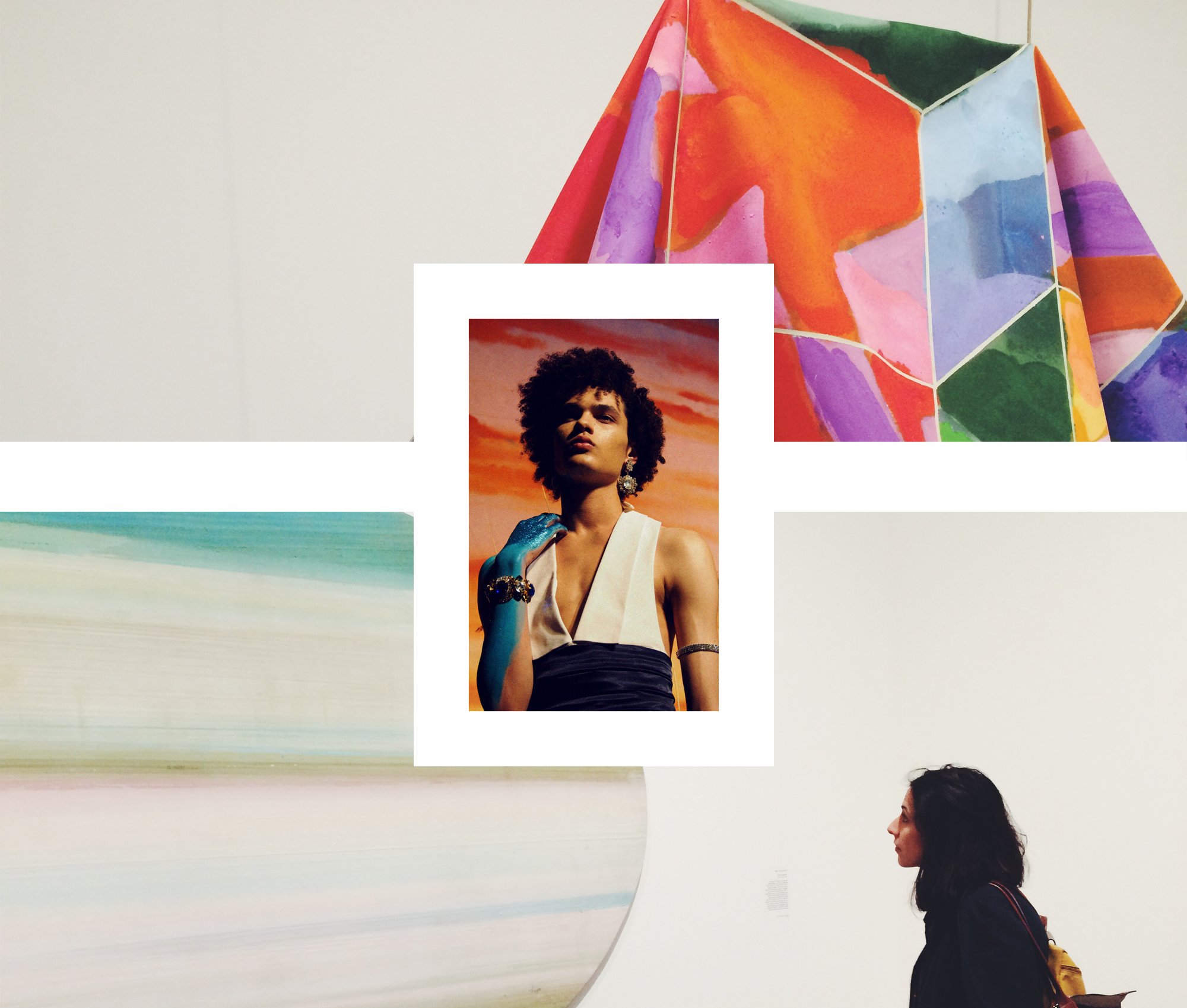
Soul of a Nation: Art in the Age of Black Power at Tate Modern, until 22 October, 2017.
P.S. Next week, The Fur Guru will be talking about sustainability… such a hot topic right now, huh? She has a few things to enlighten you about this relevant matter and its protagonic place in the nowadays fashion industry.
The Fur Guru xx





